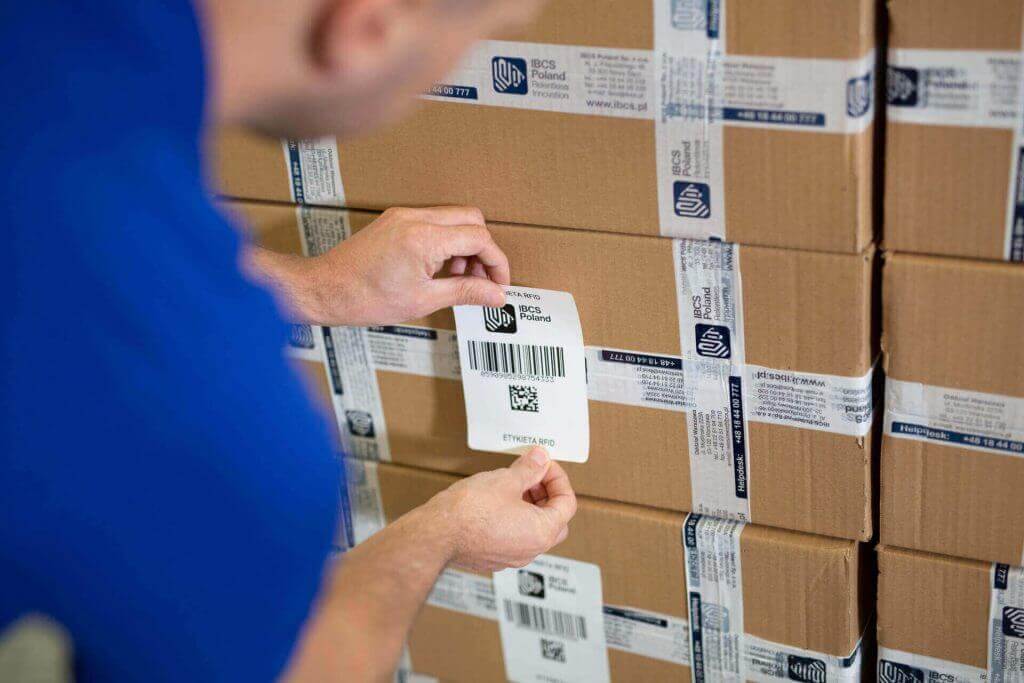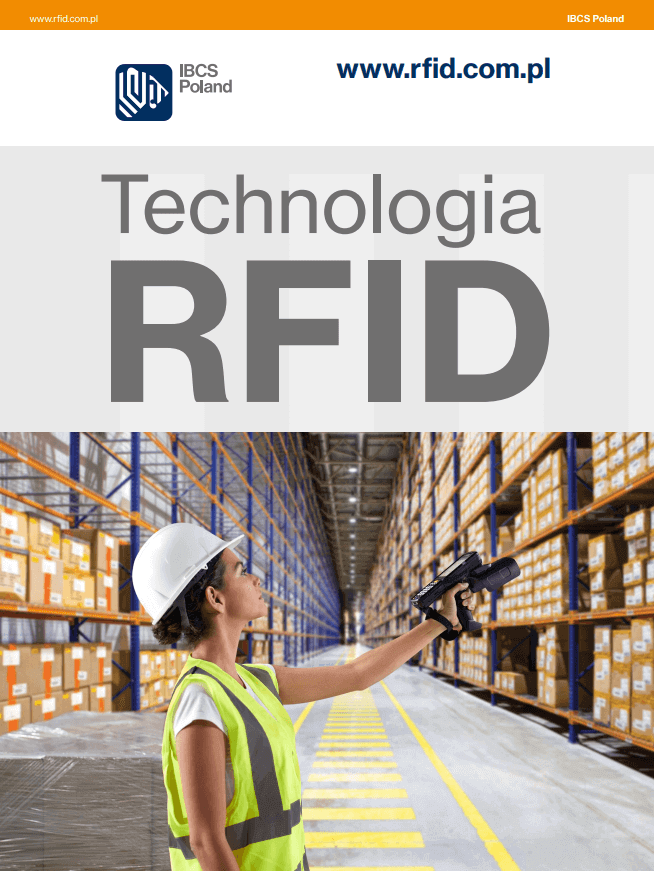RFID printers – which one to choose?
RFID printers perform a double role, they print labels like a regular printer and at the same time they program RFID tags. These devices are basically an RFID reader/writer and printer combined into one machine. UHF, HF and NFC tags can be encoded by the printer as long as the RFID tag is compatible with the printer. It is important to check that the size of the label matches the specifications of the printer. Currently, this type of printers can encode and print paper and foil labels as well as special “on metal” labels (all RFID tags in industrial enclosures must be coded manually), while printing “on metal” labels is possible in a special version printers.
RFID reader inside the printer serves as both an encoder and a verifier for all tags that pass through the unit during reading. During printing, the printer checks the presence of the RFID tag in the label, programs it and checks again if the programming was done correctly.
If the programming was not successful, it prints the label, blurring the printed data. Printers print approximately 20 labels per minute on average, depending on the set print speed and label size. Because these printers are fast and accurate, they are essential in applications where high volumes of RFID tags are required.
Types of printing
Most printers offer two printing methods: direct thermal printing and thermal transfer printing.
Thermal printing is only possible on a specific type of thermally coated paper, which darkens when in contact with a hot printhead. This type of printing is used when the label has a short life cycle and is not subjected to environmental effects such as rain or sun. The advantage of thermal printing is excellent print quality and quick replacement in the printer.
Thermal transfer printing is done by using a special ink ribbon, the ribbon is coated with colored wax or resin. The printer head heats the TT ribbon, the dye dissolves and permanently bonds to the surface of the label. This method is more often used due to the durability of the print and longer service life because the tracing paper/tape protects the head against excessive abrasion.

RFID printers – when to invest?
The main reason for using RFID printers is the process in which you can use it. Programming takes place at the same time during printing, which significantly shortens the process.
The cost of the printer is relatively high. Before buying an RFID tag printer, it is worth considering, among others:
- Amount of time spent manually encoding tags / coding costs by a third party. The costs of manual coding, together with the costs of errors, on an annual basis can be close to the cost of purchasing a printer.
- Capabilities – It can quickly encode tags as well as print a legible number, logo or barcode on the front of the tag. In addition, it is much more accurate than manual tagging, which has the risk of human error.
See more about RFID on YouTube
Download the free ebook "RFID Technology"

